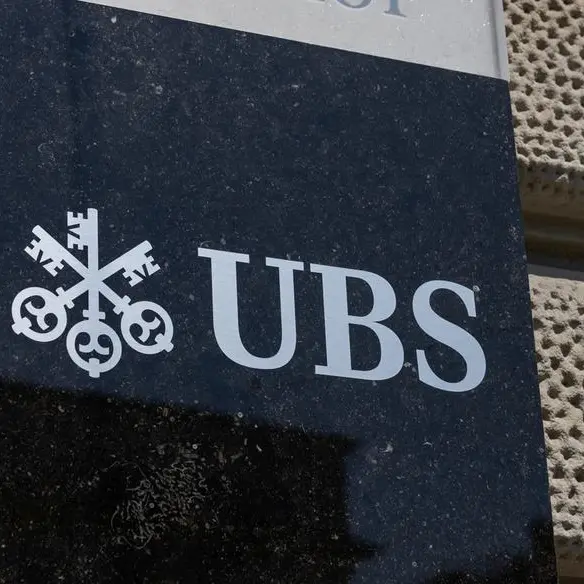PHOTO
German unemployment rose more than expected in April, Labour Office figures showed on Friday, as a sluggish economy took its toll on the labour market.
The Federal Labour Office said the number of people out of work increased by 24,000 in seasonally adjusted terms to 2.567 million. Analysts polled by Reuters had expected that figure to rise by 10,000.
The seasonally-adjusted jobless rate remained stable at 5.6%.
"The spring revival on the labour market remains weak in April," said Labour Office head Andrea Nahles. "Overall, however, the labour market is in a stable condition," Nahles said.
In April, there were 773,000 job openings, 79,000 fewer than a year ago. Although the Federal Labour Office has seen a slowdown in labour demand since the summer of 2022, it remains at a high level.
Germany's labour market is so tight that workers have gained bargaining power in their wage negotiations. German public sector workers agreed a generous wage deal with employers on Saturday, that could set a benchmark for other wage deals taking place this year.
"Although this is good news for consumers, it makes things more difficult for the European Central Bank," said Carsten Brzeski, chief economist at ING. "Inflation is thus increasingly becoming a demand-driven problem and will remain stubbornly high," he said.
According to the spring economic projections of the German government, published on Wednesday, employment is expected to continue to grow this year and next, albeit at a somewhat slower pace.
The government expects an unemployment rate of 5.4% in 2023 and 5.2% in 2024, following 5.3% unemployment in 2022.
(Reporting by Miranda Murray, Rene Wagner and Maria Martinez; Editing by Rachel More and Emelia Sithole-Matarise)





















